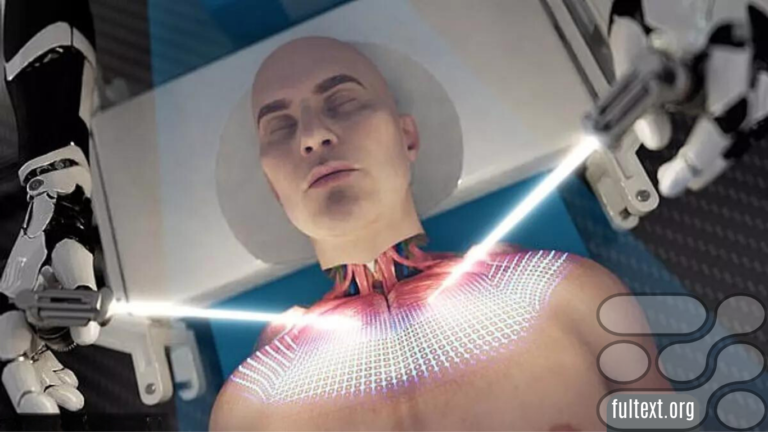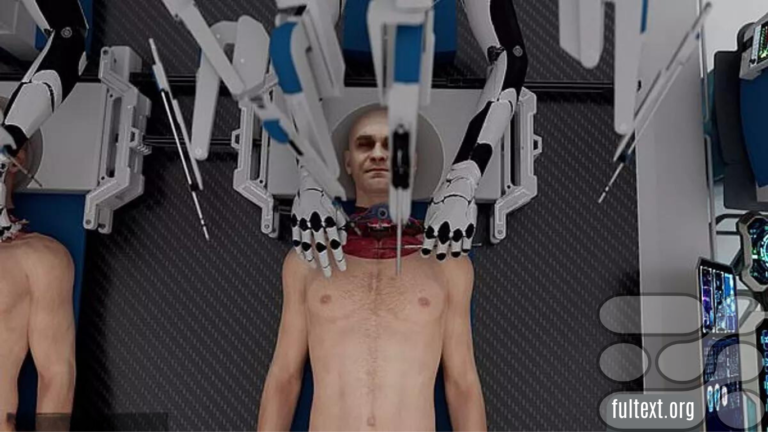The World's First Head Transplant System BrainBridge! Could Head Transplants Be Possible with Robot Technology and Artificial Intelligence?
Dubai-based project leader Hashem Al-Ghaili claims to have developed the world's first 'head transplant system' called BrainBridge. The shocking video released by the company demonstrates how a potential head transplant surgery might work. Such transplants could offer patients with conditions like paralysis, stage 4 cancer, and spinal cord injuries the opportunity to have a fully functional body.
In the video released by Hashem Al-Ghaili’s company, it is proposed that artificial intelligence and robot technology be used to transplant the brain and spinal cord from a patient to a donor’s body.
The Dubai-based project leader said today, “The aim of our technology is to push the boundaries of what is possible in medical science and offer innovative solutions for those battling life-threatening conditions.”
The company claims that this medical operation could become feasible within 8 years.
Believing that the brain has the capacity to last several hundred years, the company asserts that individuals undergoing this procedure could live well beyond the average life expectancy.
According to Hashem Al-Ghaili’s company, BrainBridge could offer patients with life-altering conditions such as paralysis and spinal cord injuries the opportunity for a “fully functional body.” However, a series of technical and ethical challenges must be overcome for these claims to become a reality.
This advancement in bioengineering holds the potential to provide innovative solutions for those battling life-threatening conditions.
According to MailOnline, performing such a procedure raises ethical and safety concerns. Therefore, “rigorous testing and oversight” processes are deemed crucial.
Additionally, the complexity of brain function and neural connections presents technical challenges in conducting such an operation. Consequently, some experts assert that performing such an operation is not yet feasible.
Experts describe this concept as an “oversimplification of brain function,” referring to it as a “bad joke” and “fiction.”
MailOnline is attempting to contact Hashem Al-Ghaili’s company for comments, as the company has yet to explain how this system will be utilized.
Additionally, in 2016, the Ethics and Legal Committee of the European Association of Neurosurgical Societies declared that head transplants in humans were unethical.
The Ethics and Legal Committee of the European Association of Neurosurgical Societies does not have the authority to legally prevent such a procedure from being carried out. Its role is to create professional guidelines for neurosurgical practices.
The committee concluded that “the risks for a patient undergoing a head transplant, including the risk of death, would be enormous.” They stated, “There is no solid evidence base for all steps of the procedure; for some steps, there isn’t even proof of concept.”
How is it proposed to perform a head transplant using artificial intelligence and robot technology?
In the proposed system, the body and head of a brain-dead donor with a functional body, along with the body and head of the recipient who will receive the new body, will first be cooled to 5°C (41°F) to “reduce the likelihood of brain damage.”
Next, an unspecified “artificial plasma solution” will be administered to both bodies to keep the brain and body oxygenated and to prevent clotting.
Through robotic surgery, the carotid and vertebral arteries as well as the jugular veins will be “carefully” exposed. Then, the blood from the recipient’s head will be completely drained to prevent clotting and pumped with fresh oxygenated blood before being “immediately” connected to the donor’s body’s circulatory system.
Additionally, AI algorithms are claimed to monitor both muscles and nerves during surgery to “facilitate seamless reconnection.”
To help reconnect the severed neurons, the chemical polyethylene glycol (PEG) and a “special implant” will be used at the fusion point of the spine. PEG is commonly used as a laxative for treating constipation and as a thickening agent. PEG hydrogels can rapidly repair nerve transmission, but the company has not explained how it will be used in this context.
video will be added very soon
Page Contents
Toggle





